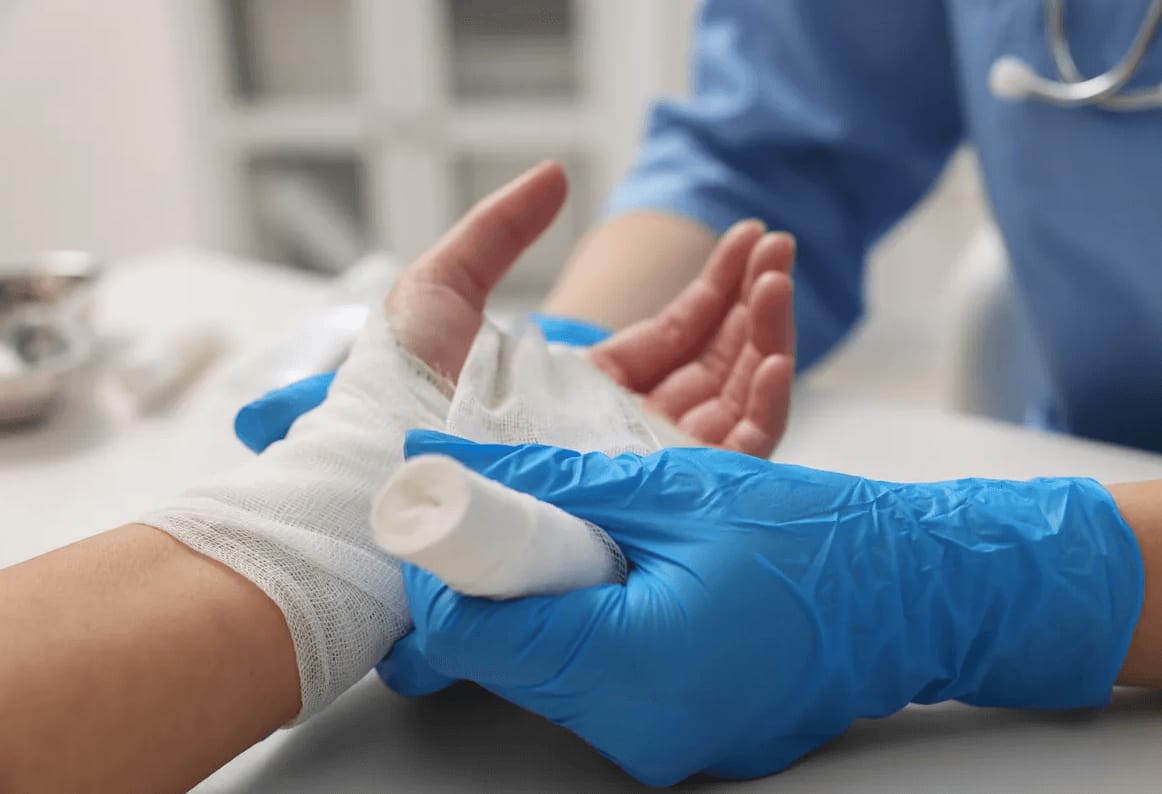- Thriving Guide
- Posts
- How Silvadene Cream Heals Burns and Wounds
How Silvadene Cream Heals Burns and Wounds
A trusted topical medication for preventing infections and aiding recovery in severe burn injuries.

Silvadene cream, also known as silver sulfadiazine, has been a staple in burn care for over 50 years. Prescribed for moderate to severe burns, this topical cream prevents infections and promotes healing by combining the antimicrobial properties of silver ions with the antibacterial action of a sulfa drug. While newer treatments have emerged, Silvadene remains widely used, especially for preventing complications in burn wounds.
How Silvadene Works
Silvadene belongs to the sulfa drug family one of the earliest classes of antibacterial medications. Its active ingredients, silver ions and sulfadiazine, work together to destroy bacterial cell walls and membranes, preventing infections like sepsis from developing in open wounds. Unlike oral medications, Silvadene acts on the surface of the skin and is generally not absorbed into the bloodstream.
It is commonly prescribed for:
Second-degree burns (damage to the outer and underlying skin layers)
Third-degree burns (damage that extends through all skin layers)
Other serious skin wounds where infection risk is high
Silver has been used in wound care for centuries due to its potent antimicrobial properties. Today, silver-based products including dressings and creams are still trusted for reducing infection and supporting recovery.
How to Apply Silvadene
Silvadene is typically applied once or twice a day, or as often as needed if the cream is removed by water or activity. According to the National Institutes of Health (NIH), here’s how to use it effectively:
Clean the area–Gently cleanse and debride the wound (remove dead tissue).
Apply a thin layer–About 1/16th of an inch thick, using sterile gloves.
Cover with gauze–Protects the burn and lowers infection risk.
Reapply as needed–Especially after washing or if the dressing is disturbed.
Continue treatment–Until the wound has healed enough to be safe from infection.
Contact your healthcare provider if the wound does not improve or appears worse during treatment.
Possible Side Effects
Most side effects of Silvadene are mild and localized. Common reactions include:
Mild burning or itching
Temporary pain in the application area
However, rare but serious effects may occur, such as:
Fever, fatigue, or unexplained bruising
Blood in urine or joint pain
Jaundice (yellowing of the skin or eyes)
Skin rashes or severe allergic reactions
In some cases, Silvadene can temporarily lower white blood cell counts (neutropenia), which may increase infection risk. This typically resolves within a few days, even if treatment continues.
Safety Precautions
Silvadene is not suitable for everyone. Avoid using it if you:
Are allergic to sulfa drugs or silver compounds
Have liver or kidney disease or certain blood disorders
Are pregnant near your due date or breastfeeding, as sulfa drugs may affect newborns
It is not recommended for premature infants or babies under 2 months of age.
Effectiveness Compared to Newer Treatments
Although Silvadene remains a go-to for burn care, recent research has highlighted alternatives that may speed up healing. Studies have shown:
Aloe vera can heal burns faster in some cases compared to Silvadene.
Honey dressings may reduce healing time and scarring.
Modern wound dressings often require fewer applications and cause less discomfort.
Despite this, Silvadene is still widely used due to its affordability, ease of application, and reliable infection prevention.
Cost and Availability
The generic form, silver sulfadiazine, is widely available and affordable. A 25-gram tube typically costs between $12 and $18 without insurance. The amount needed depends on the size of the wound, as a thin, even layer is applied over all burn surfaces.
Key Takeaways
Silvadene cream remains a trusted prescription medication for preventing infections in severe burns and wounds. While newer treatments may offer faster healing, Silvadene’s broad antimicrobial action makes it a valuable option for many patients. Always follow your healthcare provider’s instructions when using this medication, and report any unusual side effects.
Share this article or subscribe to our newsletter for more health insights.